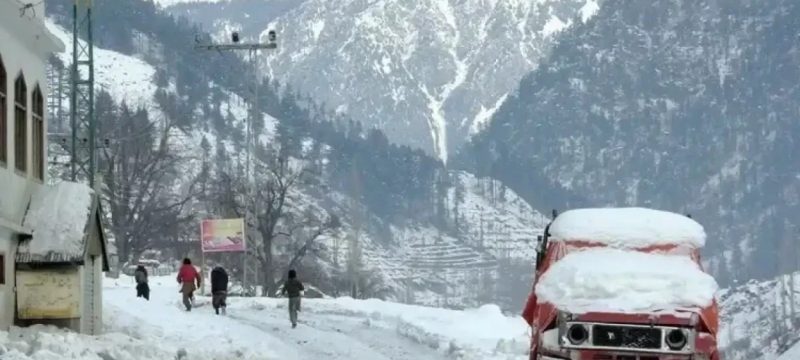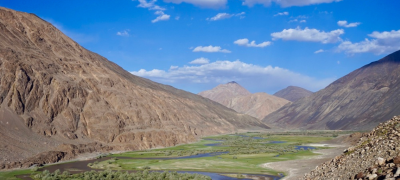Kaghan Valley, renowned for its winter tourism, is facing an alarming decline in snowfall this season, leading to a sharp fall in tourist numbers. Popular destinations like Shogran, Kaghan, and Naran that once drew millions of visitors to witness the enchanting snowfall now appear dry, marking a stark contrast to the snow-covered peaks seen in previous winters. With just over a month left in the winter season, the lack of snowfall is causing concern among locals and tourism stakeholders.
Winter tourism, which has long been a source of livelihood for the region, has slowed down considerably. Typically, snowfall begins early in winter, blanketing the valley and creating picturesque landscapes. This year, however, the minor snowfall recorded has not been enough to sustain the usual winter attractions. Hotel owners and traders, who offer discounts to draw tourists in December and January, are witnessing lower business, despite some visitors still heading to Shogran and Kaghan for the serene weather.
Also Read: PM Shehbaz Sharif Calls for Enhanced Climate Financing and Global Support at WGS
According to Professor Muhammad Rafique, an expert on climate change from Degree College Balakot, the impact of global warming is directly linked to the reduction in snowfall in the region. He explains that rising global temperatures, deforestation, and industrial pollution are altering local weather patterns. The rapid melting of glaciers and shorter winters are a direct consequence of climate change, which in turn is adversely affecting Kaghan Valley’s tourism industry.
Rafique also highlights the role of environmental factors like El Niño, La Niña, and black carbon particles, which are contributing to the rapid melting of snow in the area. He warns that without immediate action to protect the environment, the region’s fragile ecosystem and its tourism-dependent economy could face long-term damage.









